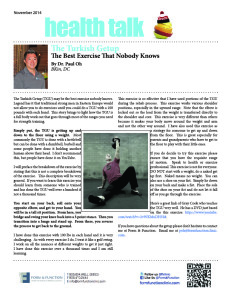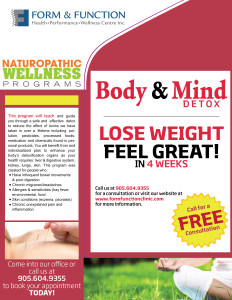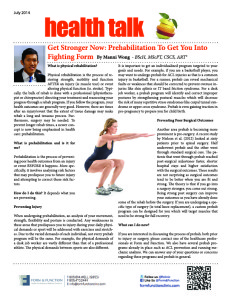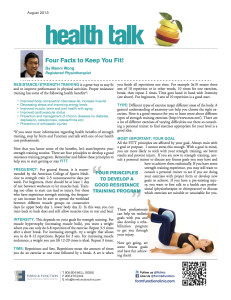Get up from your chair better
Make a tall proud chest before getting up.
When we sit we all get to that position of “comfort” where our pelvis rounds backward (or posterior tilt). I tell my patient not to get up from position they have stressed their spine when sitting. Making a tall chest or elongating the spine put the pelvis and spine in a better position. This position allows your spine to distribute the load and you to have better access to use your gluts and core.
So before getting up make sure you have a proud chest or tall spine.
The Best Exercise That Not Many Know

Welcome to another Health talk Newsletter! This month’s piece, written by Dr. Paul Oh is all about the best exercise that no body knows. Click here for more info: TGU
The Turkish Getup (TGU) may be the best exercise nobody knows! Legend has it that traditional strong men in eastern Europe would not allow you to do exercises until you could do a TGU 100 pounds with each hand. Click here for more info: TGU
Simply put, the TGU is getting up and down to the floor using a weight. Click here for more info: TGU
This exercise is so effective that I have used portions of the TGU during the rehab process. Click here for more info: TGU
If you have any questions about the getup, please don’t hesitate to contact the Form and Function clinic. Click HERE for more info:
To ice or not to ice
Inflammation gets a bad reputation. Everyone wants to get rid of inflammation. We have long been told to RICE (Rest, Ice, Compress and Elevate) any acute injury to get the inflammation settled down. What if this was wrong?
Recently Dr Gabe Mirkin, the physician that coined the term RICE, has spearheaded a movement away from icing acute injuries (see link below). The heart of his message is “Let inflammation runs it course”. Inflammation is needed for the body to call for healing chemicals/cells in the acute stages of injury. Why slow that down by icing and reducing blood flow?
It is against a lot of traditional thinking but next time you injury a body part and it swells up, try using avoiding the ice immediately. Rest, compress, elevate and get treatment to maintain muscle and joint function. The health care professionals at Form and Function can guide you through the acute stages of injury and get you back to normal quicker!
For the link: http://drmirkin.com/fitness/why-ice-delays-recovery.html
ALS Ice Bucket Challenge by Dr.Jimmy Feng from From & Function
httpv://www.youtube.com/watch?v=jpXd8aDKg30&feature=em-upload_owner#action=share
Get Stronger Now!
Welcome to another Health talk Newsletter written this month by Markham Physiotherapist Manni Wong. This month’t topic is on pre-habilitation: preventing injuries an prepping for surgeries.Sufferers of Sweaty Feet
The winter season may be a burden for those with super sweaty feet and are trapped all day in closed toe shoes e.g. winter boots.
Hyperhidrosis is the term for excessive sweating of the feet. This condition more frequently affects men than women and more often occurs in younger adults than in older adults. The exact cause of this condition is relatively unknown and is usually associated with a genetic factor.
People with hyperhidrosis usually find that their feet exhibit a whitish and wet appearance. Foot odour may also be present. Hence, these individuals are more prone to foot infections.
It is important to proper good foot hygiene. Here are some tips:
– Wash feet with antibacterial soap. Dry thoroughly.
– Apply cornstarch, foot powder or antifungal foot powder to your feet.
– You can try to apply an antiperspirant on the soles of your feet.
– Applying rubbing alcohol in between the toes is also another option.
– Make sure to change your socks, if possible, during the middle of the day.
– Certain types of socks have moisture wicking abilities which may be beneficial for your feet.
If you have more specific concerns regarding your feet, feel free to set up an appointment for a consultation with the Chiropodist, Jennifer Lam, at the Form and Function Clinic.
Creative Ways to Control Eating
One of the most important tools in the weight loss tool box is PORTION CONTROL. Being able to control the amount we eat can allow us to enjoy a greater variety of foods–even the not-so-healthy kind–and still stick to weight loss or weight maintenance goals. Try some of the creative tips from the video below to curb your food portions:
1. Use smaller plates: Our eyes are often hungier than our stomaches. Using smaller plates will make your eyes feel like you’re eating more when you’re cutting down your portions
2. Eat with your non-dominant hand: Putting in the extra brain effort will help you eat 20% less
3. Drink from tall thin glasses: Humans are terrible at judging volume. Using tall thin glasses, instead of short wide ones, will help you consume less volume without even realizing it.
4. Place a mirror in your kitchen: Literally reflecting on what you’re eating will help you become more conscious of what you consume
5. Chew fruit-flavoured gum when feeling hungry: As we discuss in Craving Change, sometimes we just feel ‘mouth hunger’–the desire to fill our mouth without the organic need to fill our stomach. Gum can be a calorie free way to curb this craving
6. Eat slower: It takes your brain 20min to get the signal from your stomach that you’ve eaten. Slow down your eating to give your body time to process the satiety signal and avoid overeating.
7. Use red plate: Research shows red dishes make people eat less, maybe because the colour is associated with ‘STOP’. So if you have a choice, like when buying disposable dishes for your next party, go for red.
8. Turn off your TV: Watching TV at mealtime often leads to mindless eating because you can’t concentrate on both the screen and your food at the same time. Simply turning off the TV and tuning into your meal can help reduce intake.
9. Photograph your unhealthy foods: Just recording food intake has been shown to help people reduce the amount of unhealthy foods they eat. Keeping a photo-journal of your unhealthy food choices can help you become more conscious of them and reduce their intake.
10. Decrease food variety: Increased food variety leads to increased desire to try a little of everything, which can add up to a lot of food on your plate. Serving the same amount of food, but with less variety, can help cut down your eating.
httpv://youtu.be/0Whvs_gSAPw
10 Amazing Way to Stop Eating Too Much
For more help with your weight loss or nutrition goals, visit https://www.formfunctionclinic.com/#locations or call 905.604.9355 to make an appointment with a registered dietitian.
Don’t wait another day, start your journey to good health today!



